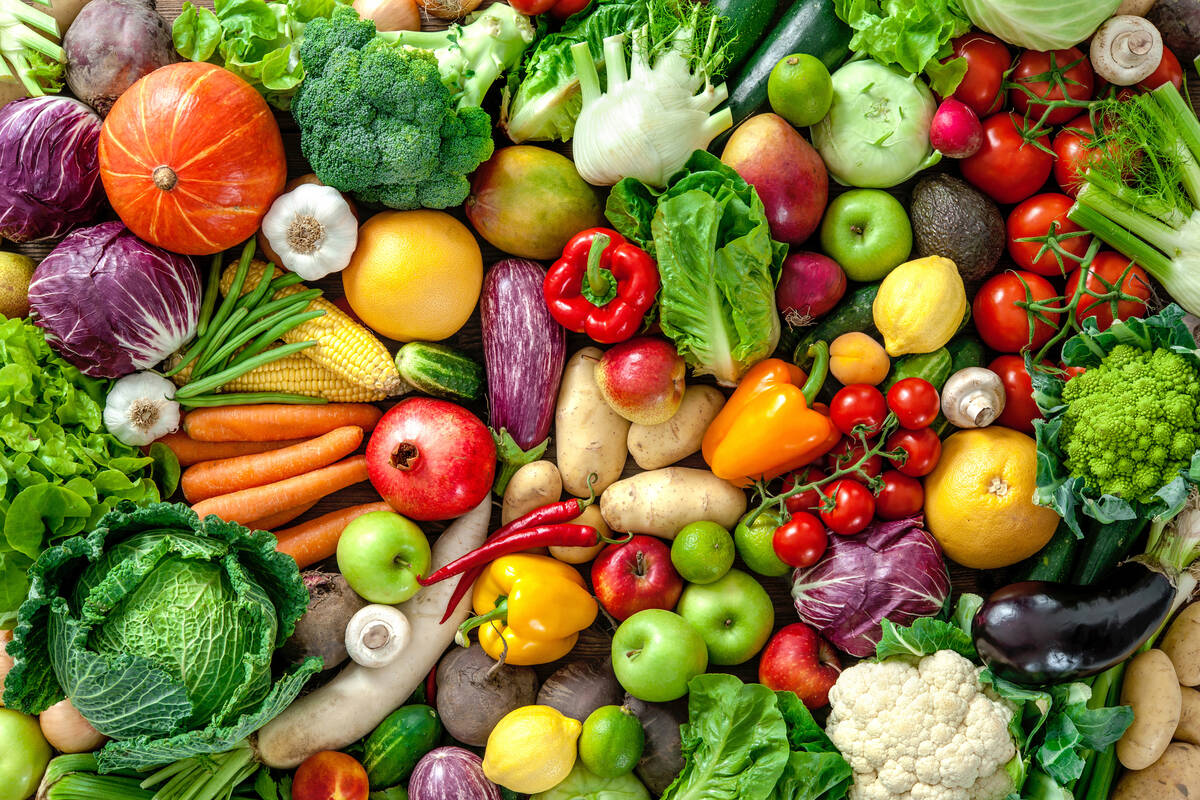On Nutrition: How gut health affects the brain, other parts of the body
If you ever thought your digestive system’s only role was to break down food, think again.
According to microbiome researcher Christopher Lowry, “what happens in the gut affects other parts of the body, including the brain.” And much of this activity is related to trillions of good and bad bacteria — collectively called our “microbiome” — that inhabit our gastrointestinal tract.
Lowry is conducting research at the Department of Integrative Physiology and Center for Neuroscience at the University of Colorado, Boulder on the relationship between stress-related disorders and the bacteria that live in our guts. He was a featured speaker at a daylong workshop hosted by the Institute for Brain Potential in Cheyenne, Wyoming, titled “Understanding the Gut Brain.”
“Americans are microbially deprived,” Lowry said. “Gut microbes are critical for a healthy gut and a healthy brain.”
And a diversity of good bugs appears to be the most beneficial.
That’s because each type of microbe has a distinct effect on the body. Some produce natural antibiotics to fight infections, for instance. Others enhance our body’s ability to extract energy from food. Still others produce chemicals that can actually improve our moods and calm stress. When the balance of these good bugs gets out of whack, we open ourselves to not-so-good conditions.
So how do we encourage the growth of beneficial bacteria in our guts? Spend more time in nature, Lowry suggested. That’s where we encounter a wide variety of healthful microbes.
And consume a variety of foods that feed good bacteria.
Top of the list? Plants. Health-promoting microbes thrive on fibers found in foods that sprout from the ground.
“Each plant has its own microbiome,” Lowry explained. And according to results from the American Gut Project, the largest published study to date of the human microbiome, people who ate at least 30 types of plant foods a week had more diverse bacteria in their guts than those who ate 10 or fewer.
My husband and I are not vegetarians, but we do consume our fair share of fruit, vegetables, beans and grains. How hard would it be to eat 30 varieties of these foods every week?
We took the challenge. For a week, I recorded every different type of plant food we ate, no matter how much or how little. For example, our salad one night had cabbage, kale, carrots, raisins and sunflower seeds. That’s five.
The next day we had blueberries and bananas in our oatmeal, three more. Celery, onion, beans, corn, tomatoes and garlic in my stew the next day added another six to our list.
It was kind of fun … and not impossible. I found myself searching for olives to toss into egg salad. And each type of nut I ate for a snack contributed to a wider diversity of my microbiome.
The point, according to this and other researchers, is that our bodies thrive on variety. And when it comes to healthful food choices, that may be a critical key to health.
Barbara Intermill is a registered dietitian nutritionist and syndicated columnist. Email her at barbara@quinnessentialnutrition.com.













